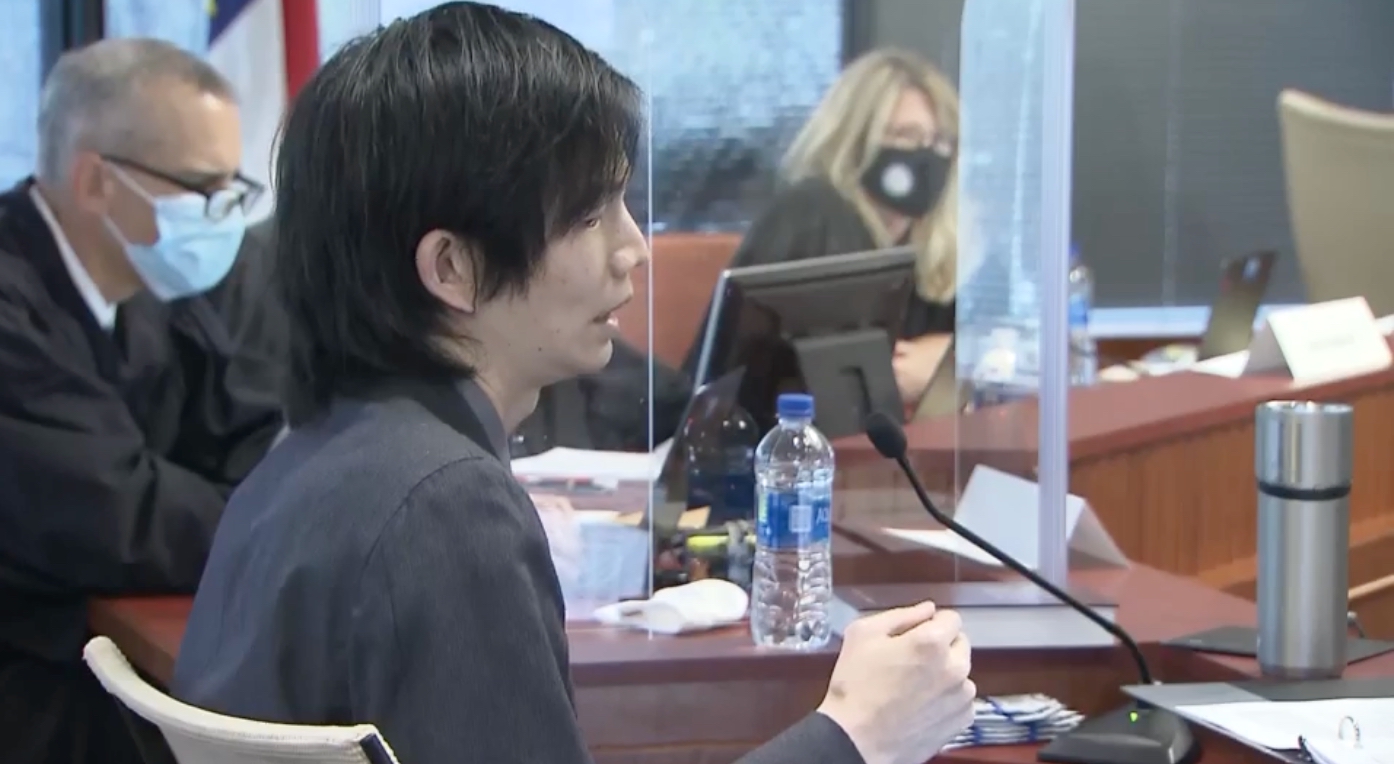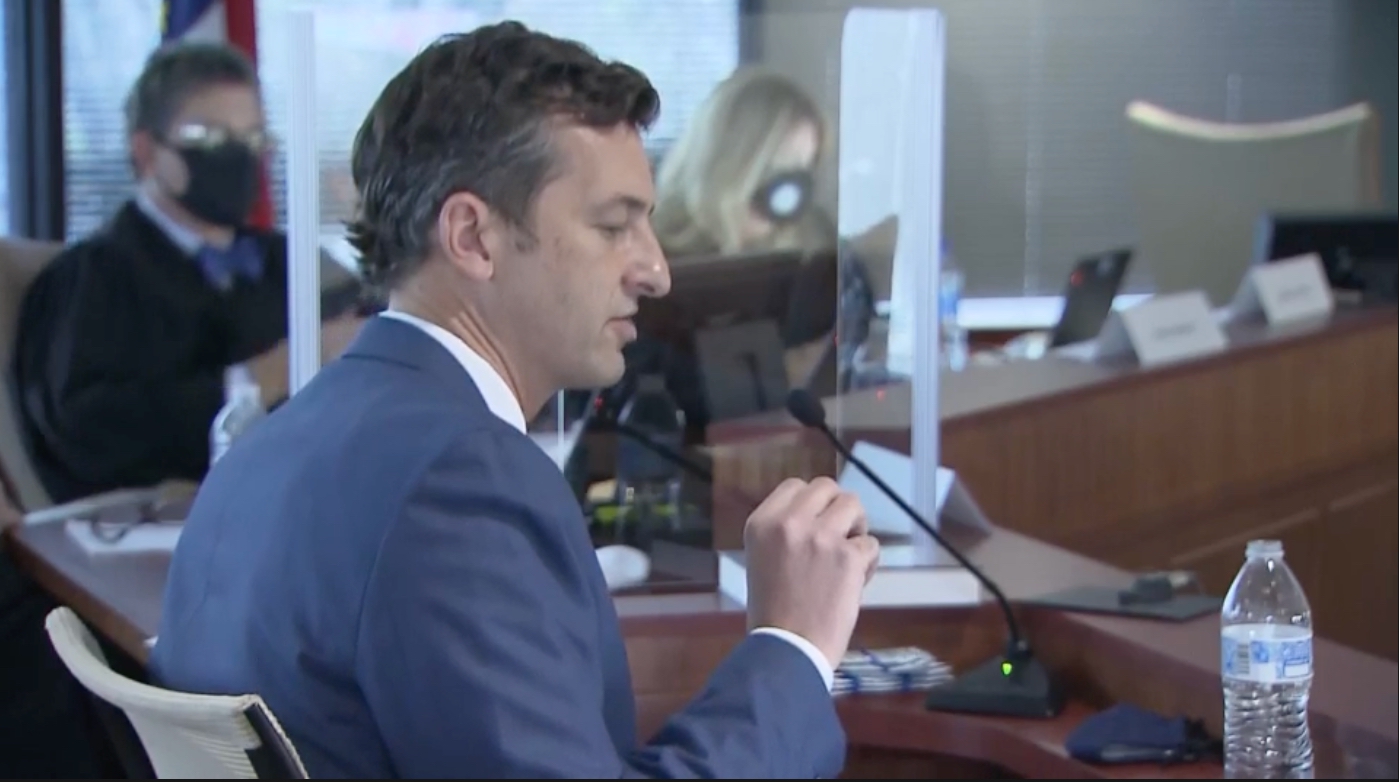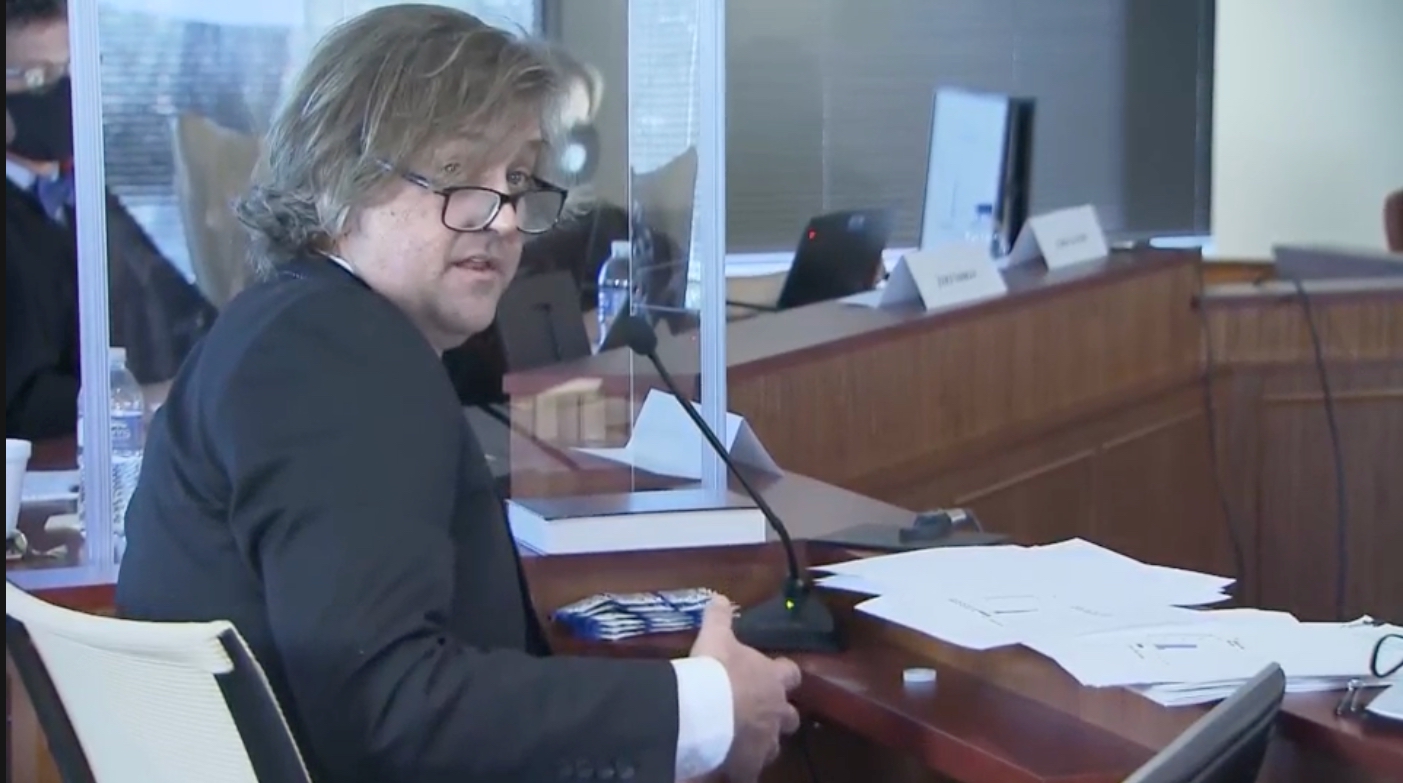Does a one-seat partisan advantage in the drawing of North Carolina’s new congressional district maps amount to an extreme partisan gerrymander that is impermissible under the N.C. Constitution? That was much of the focus on the first day of a trial on the constitutionality of new congressional and legislative maps recently passed by the General Assembly setting political boundaries for the next decade.
A three-judge panel is hearing arguments in Wake County Superior Court this week. The state Supreme Court has ordered the panel to come to a quick decision. The Democrat-controlled Supreme Court will get the case next, after deciding the case should bypass the GOP-controlled N.C. Court of Appeals.
The Supreme Court recently ordered the 2022 primary election to be delayed by two months, from March to May. That decision could allow time for redrawing the maps this year.
The three-judge panel of Superior Court judges hearing the trial this week consists of Republicans Nathaniel Poovey and Graham Shirley and Democrat Dawn Layton.

Jowei Chen, professor of political science at the University of Michigan, testified that North Carolina’s new congressional map would likely produce 10 GOP seats out of 14, resulting in a partisan outlier advantaging Republicans.
Chen’s expertise is creating computer simulations of the redistricting process and comparing those simulated maps to the maps passed by the General Assembly to determine whether or not they are a partisan outlier.
Chen testified he ran an algorithm creating 1,000 maps showing “The enacted plan is a partisan outlier, … and a Republican bias in the enacted plan cannot be explained by North Carolina’s political geography.”
Chen continued:
“Across the entire state, Republican candidates collectively won a 50.8% share of the votes in the 10 elections in the 2016-2020 Statewide Election Composite. But within the 14 districts in the Enacted Plan, Republicans have over a 50% vote share in 10 out of 14 districts. In other words, the Enacted Plan created 10 Republican-favoring districts, as measured using the 2016-2020 Statewide Election Composite. By contrast, only 3.4% of the computer-simulated plans create 10 Republican-favoring districts, and no computer-simulated plan ever creates more than 10 Republican districts.”
However, as noted by the Republicans, Chen’s computer simulation of 1,000 maps created an even 7-7 split only about 3% of the time. as determined by overlaying the results from all statewide North Carolina elections from 2016 to 2020.
When using only the results of the presidential election in 2020, the computer drew a 7-7 map only 1% of the time.
Chen finds that a 9-5 Republican map is by far the most common, happening nearly 74% of the time.
Republican legislators have said that shows their map with only a one-seat difference is not an extreme partisan gerrymander.
“You’ve had a lot come from the Democrat Party and others, criticizing our maps, our impacts, claiming that we’ve gerrymandered the state,” said Republican state Sen. Ralph Hise, R-Mitchell, who co-chairs his chamber’s redistricting committee. “And now you have their expert coming in and showing by strong majorities that their maps produce nine or 10 Republicans if they are drawing fair maps out of the 14 seats.”

Western Carolina University political science professor Chris Cooper testified that the three maps in question give a strong partisan advantage to Republicans. Specifically, Cooper stated that North Carolina’s recently enacted congressional map would likely result in 10 GOP victories, 3 Democrat seats, and one competitive swing seat.
Cooper wrote in his report submitted to the court”
“Democratic strongholds Mecklenburg, Guilford, and Wake Counties are each divided across three districts, despite the fact that there is no population-based reason to divide them this many times. In the previous map, Mecklenburg was divided into two districts, Wake into two districts, and Guilford fell completely in one district. The strategic splits in the enacted map ensure that large numbers of voters will have no chance of being represented by a member of their own party.”
Cooper concluded:
“After analyzing the characteristics of the map as a whole as well as the characteristics of each district in isolation, it is clear that the enacted map will increase the number of Republican members of Congress and decrease the number of Democratic members of Congress in North Carolina’s congressional delegation. Democratic voters in the vast majority of the districts will have no chance at representation from a member of their own party, and Republican voters in the districts that pack Democrats will have no chance of representation from a member of their own party. This is not a result of natural packing, or geographic clustering, but rather because the congressional district lines shifted in ways that, taken together, benefit the Republican Party.”

Critics of N.C. election maps also heard on day one from Jonathan Mattingly, a Duke University mathematician. Mattingly called it “extremely unlikely” that North Carolina’s new election maps would produce the results that his analysis suggests without partisan bias favoring Republicans.
On the first day of the trial, the North Carolina Republican Party released a statement:
“In 2021, the Republican-led General Assembly conducted the fairest, most transparent redistricting process in our state’s history,” stated NCGOP Chairman Michael Whatley. “We’re hopeful this court will reinforce those facts and reject Democrats’ wildly hypocritical demand to impose secret, gerrymandered maps on the People of North Carolina.”